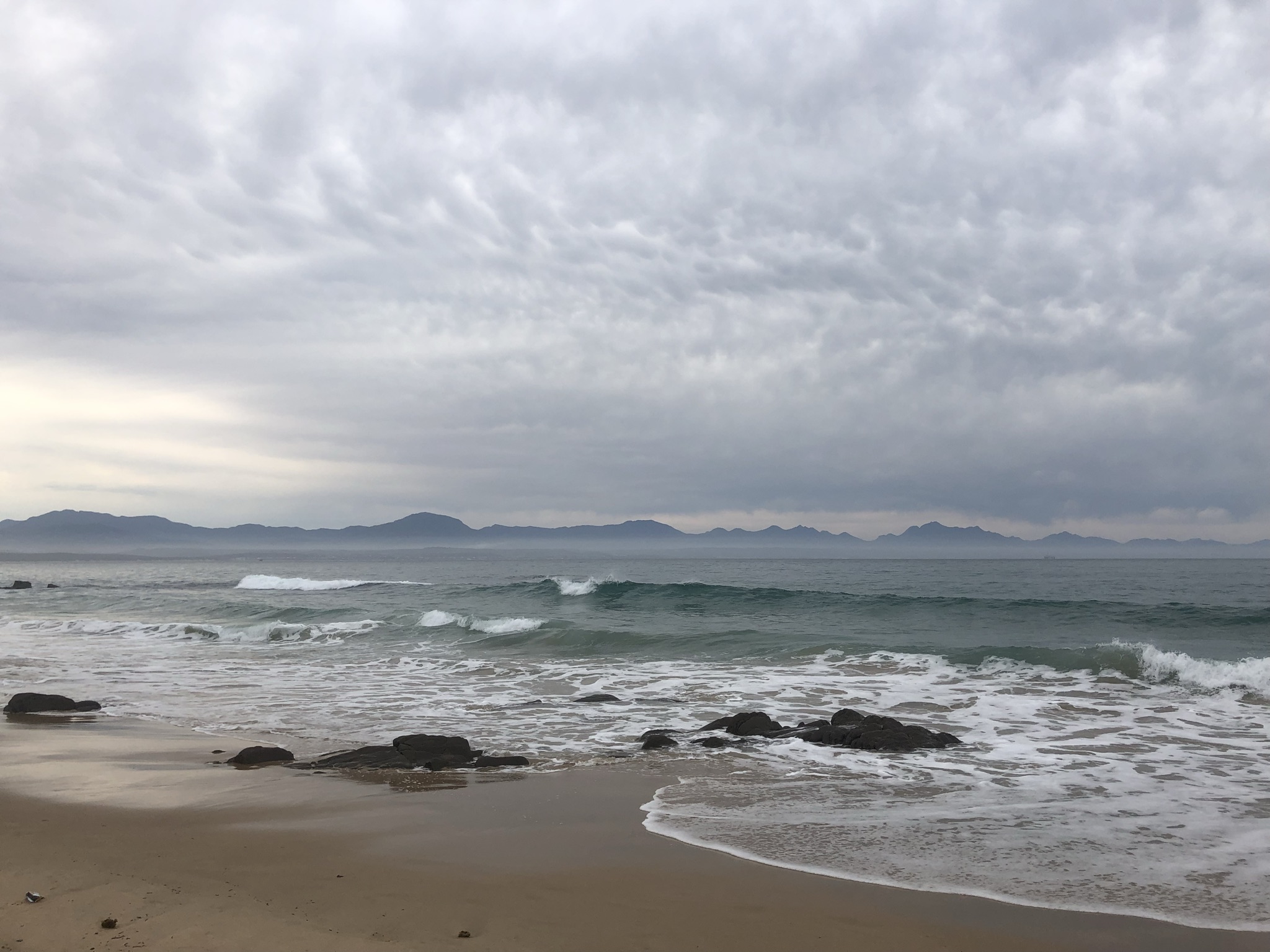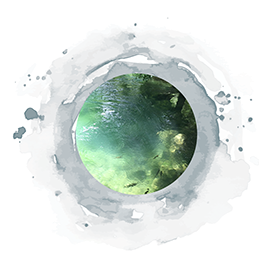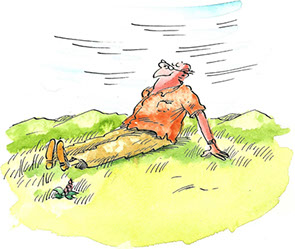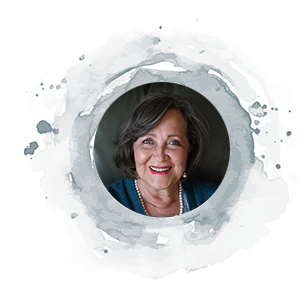



Mindfulness and The Art of Conscious Living - No more Groundhog Day
by Hannetjie van Zyl-Edeling and Karin Steyn (Article originally written for the Plus50 magazine).
Imagine being the main character in the movie Groundhog Day, where you wake up every morning to find yourself at exactly the same time on exactly the same, rather dull, day. On each of the mornings your routine is exactly the same as the previous boring day and your walk from the guest house to where the groundhog is about to deliver its verdict about whether the winter is about to end or not, just as predictable – including, stepping off the sidewalk into a pothole of icy water, and having to continue your journey with a freezing foot and soggy shoe.
In your movie, many, many days of mindless doing and inattentive action repeat relentlessly until you are about to lose your mind. But, slowly awareness begins to dawn, and you begin to realise that you do not have to be insensitive to context, or trapped in a single perspective. You do not have to be governed by rules and routine, but can use them as guidelines and where necessary, discard them if they no longer work for you. You switch from automatic pilot to manual. You are active and alert, attentive to novelty. You are fully present in each moment and actually enjoy every experience. You become open to possibility, compassion, love and learning. You have options and can make informed choices. You are attuned to your inner wisdom. You are fully alive and mindful! You have escaped from your groundhog wormhole.
So, what is mindfulness?
Our short answer: Mindfulness is being in the present moment – with full and non-judgemental awareness. Mindfulness is about “being here now.” It happens when we switch from “automatic pilot” and drivenness, to “manual” and awareness of what is. When we are mindful, we allow ourselves to observe every situation without judgement - who we are now, what we are now, where we are now and what we have now.
Now is all there is – there is no other moment we can live in. Appreciate each moment fully! (Cartoon from Distilled Wisdom.)
Mindfulness is the return to becoming a human being, rather than a human doing. Quite paradoxically, this often leads to greater productivity, happiness and fulfilment in many aspects of one’s life.
There are several routes to mindfulness, many of them via some form of meditation. Central to most meditative techniques is dedicated awareness and focus on the breath, along with quieting the mind and acceptance or focus on “what is” in the moment.
Jon Kabat-Zinn says: “Mindfulness can be cultivated by paying attention in a specific way, that is, in the present moment and as non-reactively, non-judgementally, and as open-heartedly as possible.” He is one of the doyens of mindfulness in the Western world, having developed a most successful meditation programme for coping with stress, pain and illness. His book, Full Catastrophe Living, is highly recommended.
To professor Ellen Langer, a free-thinking researcher at Harvard, who challenges every pre-conception and stuck belief system we may have about health, happiness and ageing, mindfulness is a way of being. According to her, mindfulness can best be understood as “the process of actively drawing novel distinctions” in your waking presence, not necessarily through meditation. She says that when we are alert to what is new in every moment, whether big or small, we anchor ourselves in the present and can experience the sense of being fully alive. When we are mindful, we do not step into the pitfalls (potholes) normally associated with ageing. We can influence how we age and how well our brains function in ways never previously conceived.
John Selby writes very informatively about how the meditative traditions from 4000 years ago in India and China have evolved over time and have crystallised into our modern mindfulness practices. He says that mindfulness is not something to be done once or twice a day, but that is “a full-time spiritual ambiance that ideally permeates every moment of our lives.”
Research show that there are a myriad of wonderful, and often unexpected, positive side-effects of mindfulness and meditation (physically, mentally and emotionally), amongst others:
• Better heart health – reduced blood pressure and cholesterol
• Improved digestion and healing of digestive problems
• Better immune functioning
• Improved longevity – protection of telomeres and delayed brain ageing
• Better muscle relaxation
• Stress reduction
• Less anxiety and depression
• Less distractedness - improved focus and concentration
• Better memory
• Improved creativity and innovation
• Improved empathy and communication
• The ability to switch perspective
• Improved patience and kindness
• Greater levels of compassion – for self and others
No matter how we do it, mindfulness practitioners and researchers agree - by being mindful in every aspect of our lives, great rewards follow.
But long before our scientific research evidence was produced, the Buddha already knew from experience. When he was asked “what have you gained from meditation?” he replied: “Nothing. What have I lost? Anger, anxiety, depression, insecurity, fear of old age and death.”
Ps. Did you know that there is a sequel to the movie Groundhog day?
- It is the same movie.
LET THAT NOT BE OURS!
Suggested Reading
Kabat-Zin, J. (1990). Full Catastrophe Living – How to cope with stress, pain and illness using mindfulness meditation
Langer, E.J. (1998). Mindfulness.
Selby, J. (2013). Happiness Now.
Van Zyl-Edeling, H. (2013). Over the {Hill} Moon – A Guide to Positive Ageing
Follow Dr Hannetjie on Pinterest for more interesting tips and information:

INFORMATION TO BE USED AT YOUR OWN RISK.
Any suggestions or opinions voiced in these pages are those of the authors, and in no way to be constructed as final treatment advice. They are intended as a starting point to develop your own preparation and treatment plan. Please consult your medical and/or psychological experts or caregivers to fine-tune the advice and suggestions for your own unique needs.




